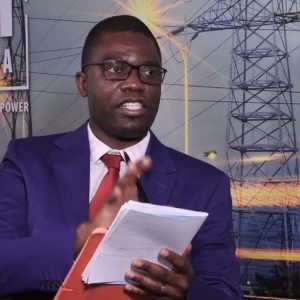- South Africa’s state owned energy utiltiy, Eskom, has proposed tariff plans and specifically a Homeflex option that will change price structures for 2023 in a Tariff Restructuring Plan submitted to NERSA.
In accordance with the regulatory process, Eskom has submitted its tariff restructuring application in the form of a retail tariff plan to the National Energy Regulator of South Africa (NERSA) for their consideration for implementation from 1 April 2023. The entire process is governed by laws and regulations of the country, including the Electricity Regulation Act and the Electricity Pricing Policy.
This is a revised version of the plan Eskom submitted to NERSA in 2020 and takes into account the latest developments in the electricity supply industry, including the restructuring and unbundling of Eskom into three entities, Generation, Distribution and Transmission. Eskom last revised its tariff structures in 2012 and proposes these structural changes based on an updated cost-to-serve study.
The implementation of the new tariff structures will reflect cost drivers more accurately, protect all customers’ interests, avoid unfair cross-subsidies, enable fair recovery of costs by all users of the grid, provide the correct economic signals while also ensuring adequate recovery of NERSA-approved revenue by Eskom.
“Existing tariff structures are outdated and need to be modernised to reflect the changing electricity environment, and crucial decisions in this regard are needed to protect the electricity industry,” said Eskom Group Executive for Distribution, Monde Bala.
“For example, customers are installing their own power generators and are using the grid in different ways, and the wheeling of energy is also expanding. Fair and equitable revenue recovery from all customers for the services provided can only happen with tariffs and tariff structures that are modernised to reflect this changing environment.”
“When updating tariffs and implementing structural changes, it is not possible to have zero impact on all customers. Therefore, while the structural changes proposed will recover the revenue approved by NERSA in line with NERSA’s approved Multi-Year Price Determination (MYPD) methodology, individual customers may pay more or less, depending on the change and their consumption profile,” added Bala.
One model that stands out is a new residential tariff called Homeflex. Apparently, this is more cost-reflective in structure and adaptable to evolving customer needs, changes in technology, and the changing energy environment, thereby providing a benefit to both the customers and Eskom.
Understanding the Homeflex plan
The design of the Homeflex tariff is based on the proposed new TOU structure plus cost-reflective network, ancillary service, and service/administration charges for the residential customer category. A net billing offset rate will be provided for customers with SSEG. Time-of-use for residential customers is in compliance with the Electricity Pricing Policy (EPP) positions of the Department of Mineral Resources and Energy.
This tariff is more cost-reflective in structure and adaptable to evolving customer needs, changes in technology, and the changing energy environment, thereby providing a benefit to both the customers and Eskom. Customers will have a choice to go onto Homeflex if they do not have small-scale embedded generation (SSEG), but it will be mandatory for grid-tied embedded generation.
This new tariff would require a post-paid smart meter to be paid for by customers.
Proposed Homeflex tariff

Author: Mediacy Mudekwa
I blend business process mapping with content and create strategic insights in various industries. Am skilled in applying various research methodologies in real life business scenarios and implement critical solutions through information gathering, synthesis and review.
This article was originally published on ESI Africa and is republished with permission with minor editorial changes
















